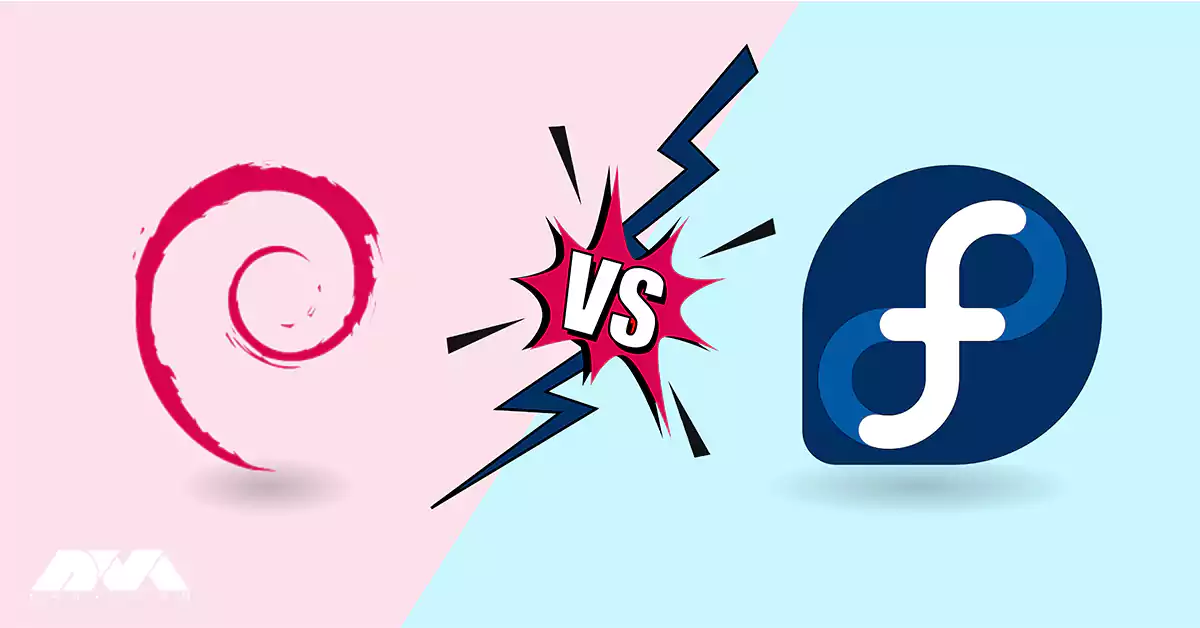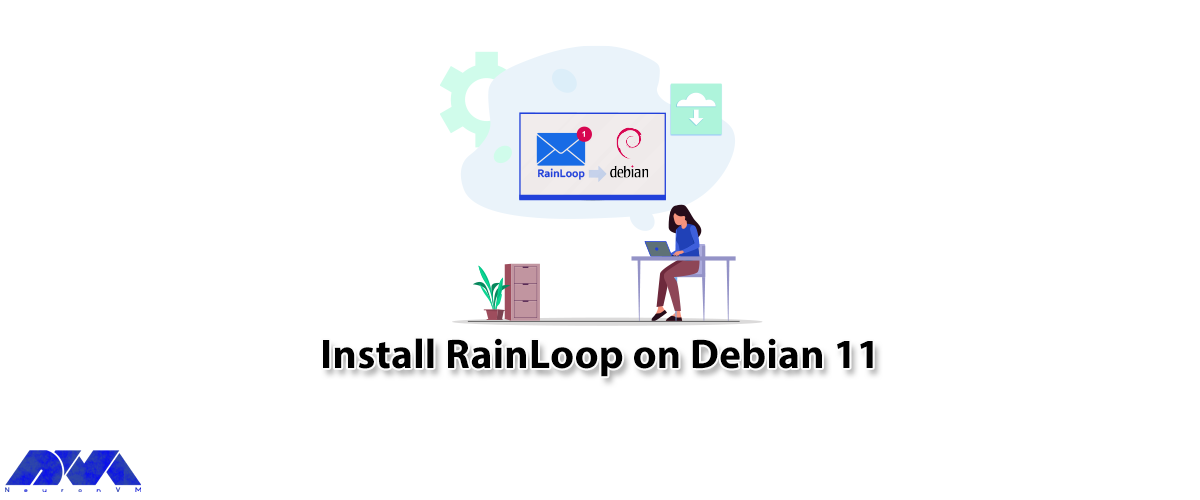






Choosing the right Linux distribution can be overwhelming for many users with the vast array of options available. In this blog post, we will explore the differences between Fedora vs Debian, two popular and widely-used Linux distributions. By examining their histories, popularity, user experience, usability, community support, and more, we aim to assist users in making a well-informed decision between Fedora and Debian.
Both Fedora and Debian have a rich history and have grown to become pillars in the world of open source software. Fedora, initially released in 2003, is the upstream distribution of Red Hat Enterprise Linux. It was created as a community-driven project aimed at providing the latest features and technologies to Linux users.
On the other hand, Debian, originating in 1993, focuses on stability, reliability, and adherence to the Free Software Foundation’s philosophy. It was one of the first Linux distributions and has gained immense popularity due to its commitment to open source principles.
Popularity and Reasons for Creation: Fedora and Debian enjoy a significant user base, each with its own unique appeal.
Fedora, backed by Red Hat, benefits from its association with a reputable enterprise software provider. This association has attracted developers, enthusiasts, and those seeking cutting-edge technologies.
Debian, known for its stability, reliability, and the extensive amount of software available in its repositories, has amassed a dedicated user community over the years. The creation of both distributions aimed to address specific user needs and preferences, providing alternatives in the Linux ecosystem.

When it comes to User Experience (UX) and Usability, Fedora and Debian offer different approaches.
Fedora is often considered more suitable for users looking for a modern and user-friendly interface. Its default desktop environment, GNOME, provides a visually appealing and intuitive user interface.
On the other hand, Debian prioritizes stability and reliability over the latest features, which might result in a more conservative user experience. However, Debian offers a broad range of desktop environments, such as GNOME, KDE Plasma, Xfce, and more, allowing users to choose the environment that best suits their preferences.

Community support is an essential aspect when choosing a Linux distribution. Both Fedora and Debian benefit from active and vibrant communities, ensuring continuous development and support.
Fedora’s community-driven approach encourages collaboration and innovation among its users. It also organizes regular release cycles to deliver the newest features and improvements.
In contrast, Debian’s community emphasizes stability through rigorous testing processes and conservative updates. This focus ensures long-term support and security for its users.

Another important consideration is package management.
Fedora utilizes the RPM package manager, which simplifies the installation, upgrade, and removal of software packages.
Debian, on the other hand, employs the APT package management system, known for its simplicity and robustness.
In addition to package management, security is another crucial aspect to consider when comparing Fedora and Debian. Both operating systems have their own approaches to ensuring the security of the software packages they offer.
Fedora has a strong focus on security and incorporates several features to protect its users. One such feature is SELinux (Security-Enhanced Linux), which provides enhanced access control security policies. SELinux helps to enforce mandatory access control, minimizing the potential damage that could be caused by an exploited vulnerability or malicious software.
On the other hand, Debian has a reputation for being a highly secure operating system. The Debian Security Team actively monitors and patches vulnerabilities in the software packages it maintains. They have an established process for handling security issues, which includes providing timely security updates and advisories to users. Debian’s commitment to security has led it to be recognized as one of the most reliable and stable distributions in terms of security.
Fedora utilizes the RPM package manager, which simplifies the installation, upgrade, and removal of software packages. Debian, on the other hand, employs the APT package management system, known for its simplicity and robustness.
Apart from security and package management, there are various other factors that differentiate Fedora and Debian. These include their release cycles, available software repositories, and overall target audience.
Fedora follows a more frequent release cycle, with new versions being released approximately every six months. This provides users with access to the latest software innovations, features, and improvements. In contrast, Debian has a more conservative release cycle, with major releases occurring at longer intervals. This stability-oriented approach ensures a more thoroughly tested and reliable operating system.

Here’s a quick overview of these two operating system and their features:
| Features | Fedora | Debian |
| Popularity | Popular among developers and enthusiasts | One of the oldest and widely used Linux distributions Package Management |
| Target Audience | Most suitable for intermediate to advanced users | Suitable for beginner to advanced users |
| Release Cycle | Frequent releases (approximately 6 months) | Stable releases (approximately every 2 years) |
| Stability | Fedora has a version named “Fedora Workstation” which is quite stable | Debian is known for its stability |
| Package Management | DNF (Dandified Yum) | APT (Advanced Package Tool) |
| Community Support | Active and vibrant community | Huge and strong community support Software Availability |
| Philosophy | Emphasis on showcasing latest technologies | Focuses on stability and reliability |
In the Fedora vs Debian showdown, the right choice ultimately depends on the user’s needs and preferences. Fedora appeals to those seeking cutting-edge technologies and a visually appealing user experience. On the other hand, Debian provides a stable and reliable environment with extensive software repositories, offering flexibility in choosing desktop environments. Both distributions boast active communities and solid support networks. We hope this comparison has shed light on the key differences between Fedora and Debian, helping users make an informed decision while exploring the vast world of Linux.
How useful was this post?
Click on a star to rate it!
Average rating 3.3 / 5. Vote count: 12
No votes so far! Be the first to rate this post.
 Tags
Tags

One of the best relational database systems available for free and open-source to store data is MySQ...



 Tags
Tags

RainLoop is a webmail application that allows you to access your external mail server from a web ser...



 Tags
Tags
What is your opinion about this Blog?








